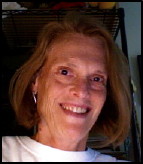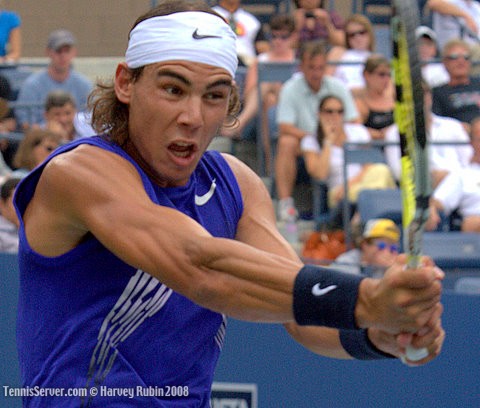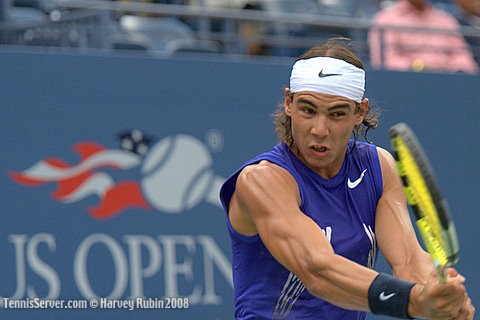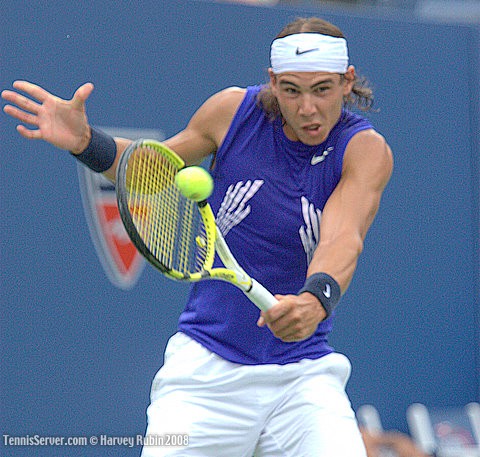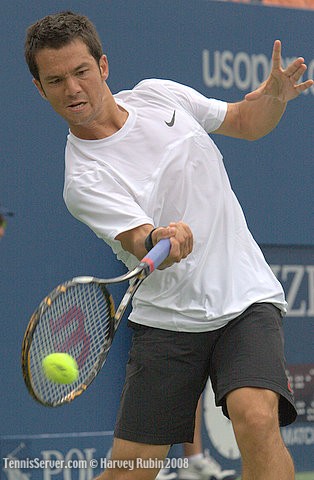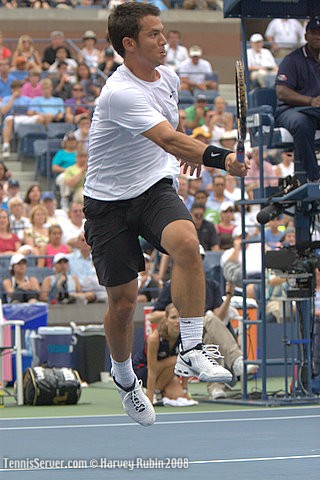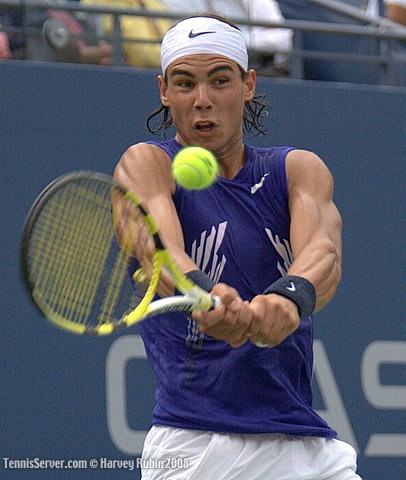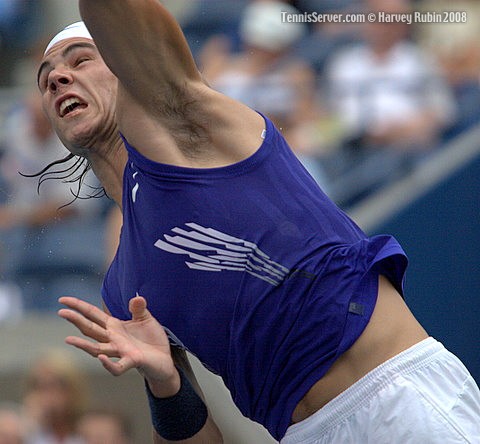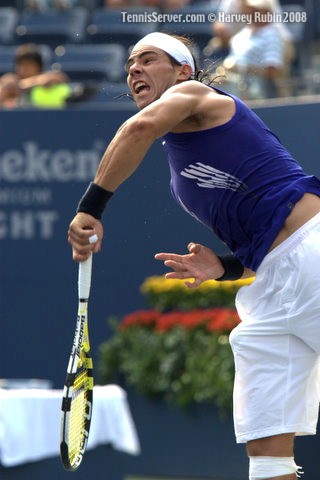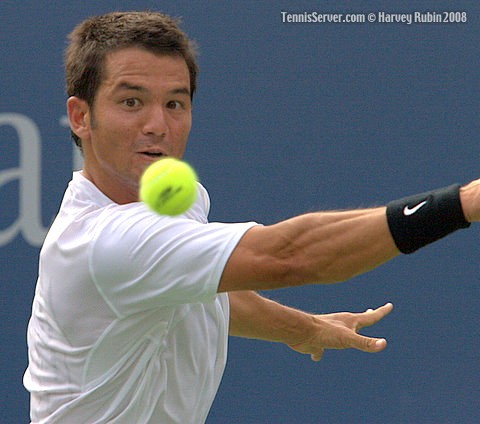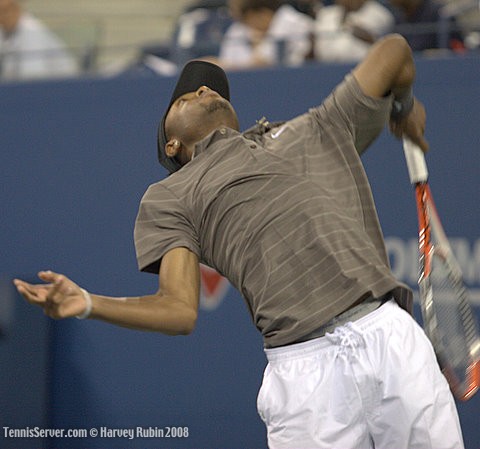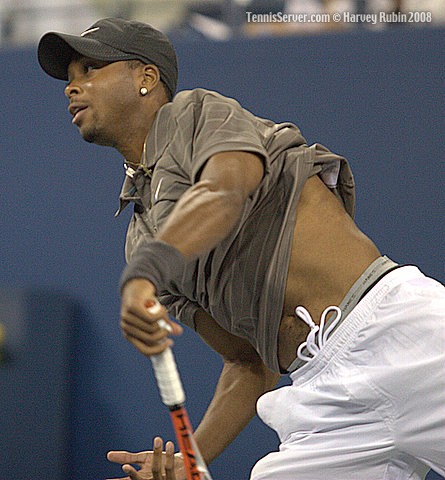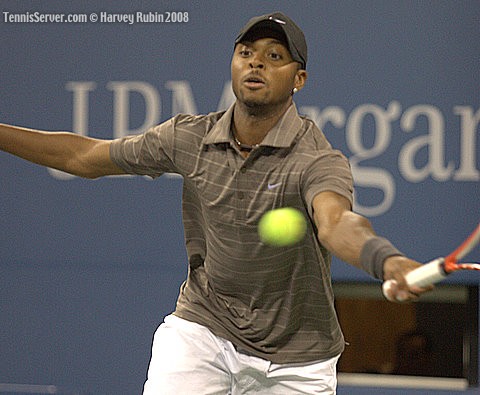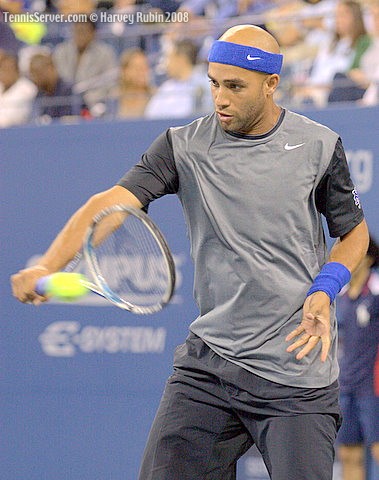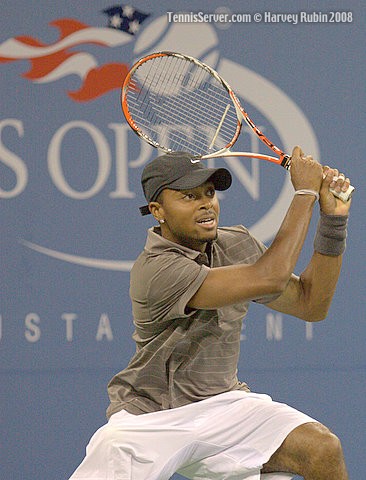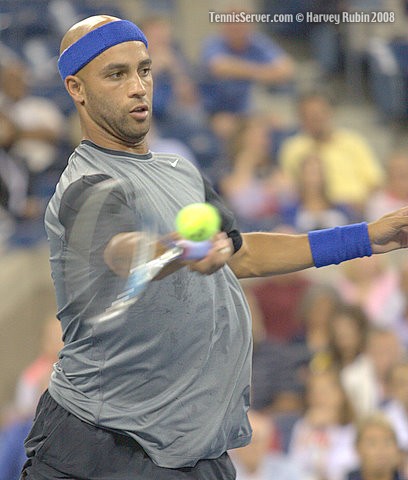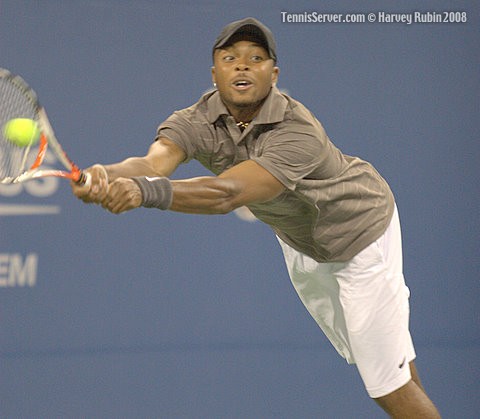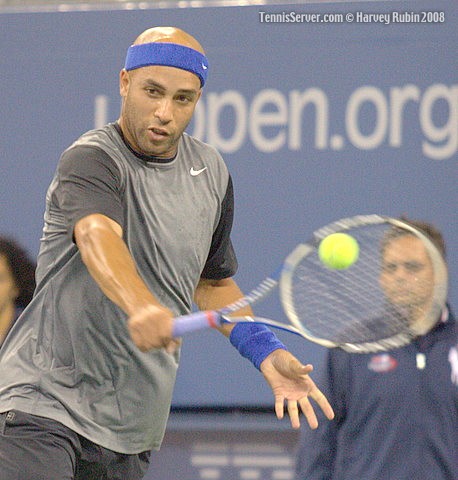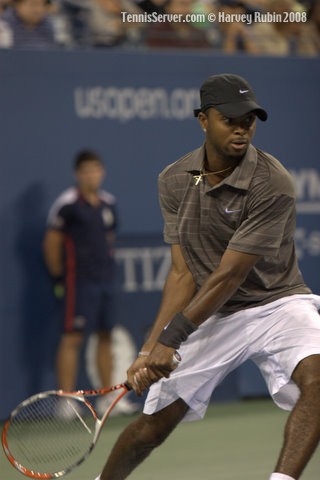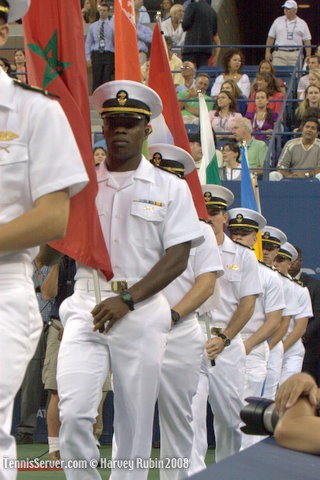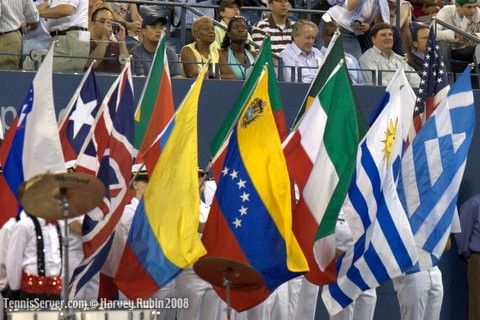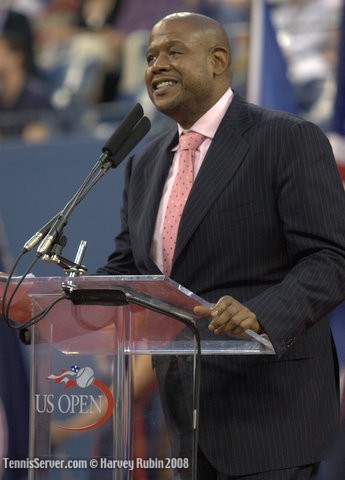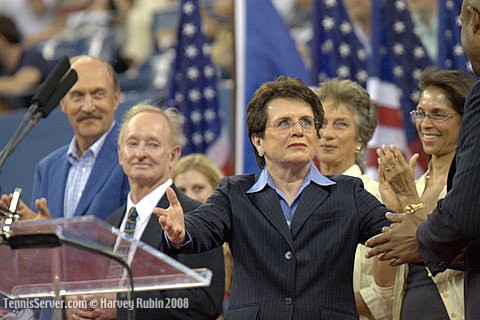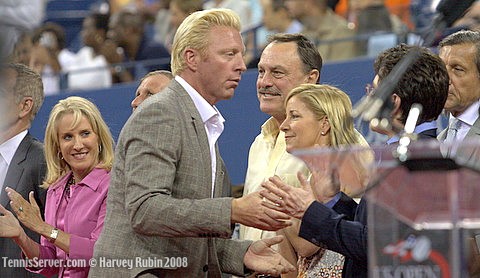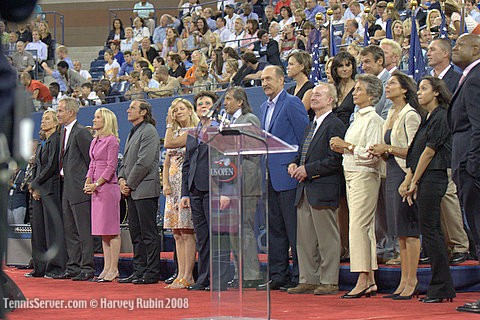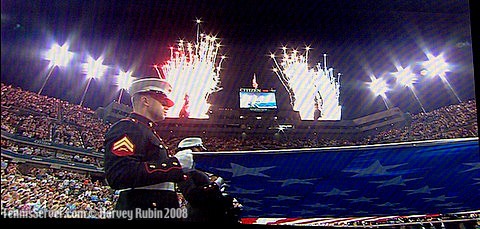U.S. Opens With 40 Year Celebration
August 25, 2008 -- The Open Era of tennis commenced 40 years ago -- 1968 -- at The Westside Tennis Club in Forest Hills, New York. Virginia Wade defeated Billie Jean King for the women's crown; and, Arthur Ashe defeated Tom Okker. No wonder the USTA named its cavernous stadium, which swirls with wind when calm presides outside its walls, The Arthur Ashe Stadium. He was the first ever champion of The Open Era; and, he was the first-ever African American to win a singles title at any Grand Slam. Additionally, it's no wonder the National Tennis Center renamed its venue after Billie Jean King, an American icon that imbues the very essence of tennis even if she lost the opening title to a woman bred by former Colonists. For Ashe's efforts, he earned $20/diem. He was an amateur. Had he been of professional status he would have taken home $14,000. Virginia Wade made $6,000, as a professional. Women and men did not receive equal pay in 1968, even though at times the streets filled with protesters who rallied for equal rights.
Tonight the USTA punctuated its 40-year history inside the spacious yawn of the biggest tennis stage in the world. Champions paraded in front of the opening-night crowd. These legends represented times long gone and times more recent, human memories of what was a gentlemen's and ladies game, and what currently is a tougher version accentuated by space-age racquet technology, "Big Banger" string, and players who spend as much time in the gym as they spend on court. The game of tennis has come a long way, baby.
More people take to the courts nowadays, than in 1968. But many think the game has turned in the wrong direction. Younger tennis participants generally like the rough and tumble power game, represented superbly by Rafael Nadal, the men's new #1 adorning the cover of the current Tennis magazine. There he isÉ an arm as big as a mere mortals thigh, stringy hair, and a gritty grimace on his face that says -- "I dare you!" Call it rough. Call it violent. Call it awesome. He's no Roger Federer. Maybe that's why their rivalry creates such tension.
There are those, though, that yearn for the days of wooden racquets, points won through finesse rather than baseline bashing, and a sporting scene that's graceful as ballet.
"I don't like the yelling," a woman said, as she watched a recent match at The Pilot Pen championships. "They hit the ball fast, but that's it. There's no finesse. The serves are so hard. They don't serve and volley anymore."
Marty Fish, Pilot Pen's 2008 singles finalist, knows too well why the large percentage of players don't employ the "dusty" strategy of serve and volley. It's too risky. Serves must be consistent. Second serves must be as consistent, if not more so. Since the men's return of serve is a weapon -- thank you Andre Agassi and Novak Djokovic -- opponents stand poised to mess with a stellar serve. With a small arc of their racquet the defender can launch the ball back across the net to about any spot conceivable. To this day, Pete Sampras stands by his serve-and-volley game. He believes he could probably beat the baseliners by coming to the net and deftly putting volleys in places not even the speediest youngsters could reach.
Whichever side of the net you fall on in this discussion, the U. S. Open is American's Grand Slam. Fans and players like it because of its excitement, its energyÉ its vibe. Its immense size in terms of numbers at the gate, categories of play, and parking spots, puts it on the outer boundaries of any other Grand Slam.
We will watch with awe, hoping Andy Roddick doesn't bomb out before the third round. Hoping James Blake can close any five-set match. Hoping Venus and Serena will play as if they aren't sisters, if they meet in the quarterfinals as predicted. Hoping that Lindsey Davenport doesn't retire before the end of the second round with complications from her leg injury. Hoping that a least one qualifier makes it into the second week, just to stir things up.
We wish all the players the best of luck over the next two weeks. Greg Sharko of the ATP did sampled players who had come in to a Grand Slam, after having reached the number one ranking spot. One out of ten won the title. This doesn't bode well for Rafa. However, the game has never seen a player like the Spaniard as had no one had seen a player like Rod Laver in 1969 when he duplicated his efforts from those in 1962 and won a second Grand Slam, the first in The Open Era of Tennis.






 You will join 13,000 other subscribers in receiving news of updates to the Tennis Server along with monthly tennis tips from tennis pro Tom Veneziano.
You will join 13,000 other subscribers in receiving news of updates to the Tennis Server along with monthly tennis tips from tennis pro Tom Veneziano. 